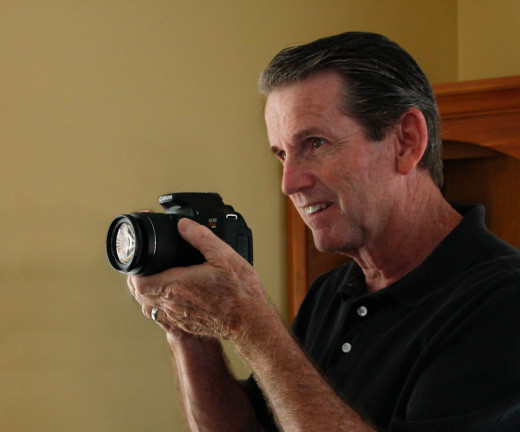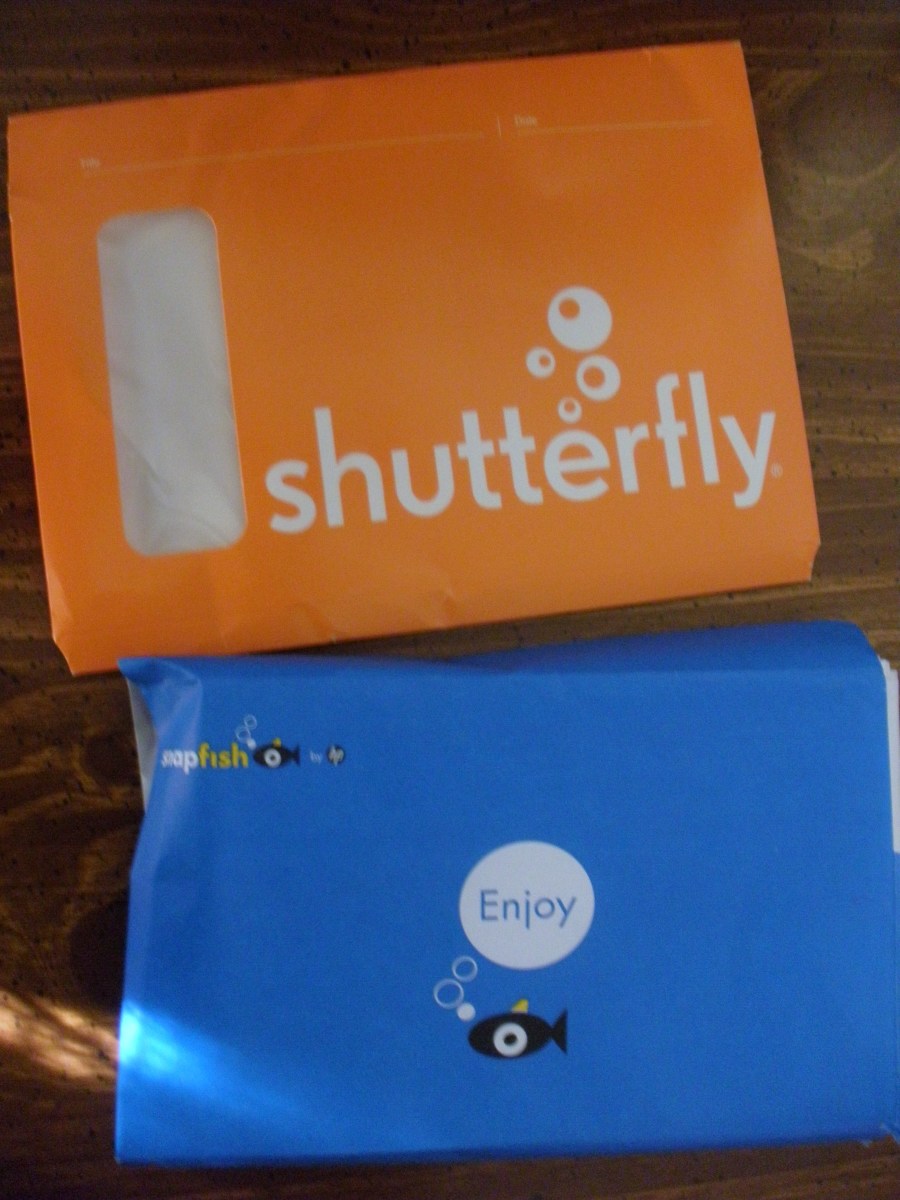Canon Rebel T4i - T3i Comparison

New Canon Rebel T4i
The clock is ticking, and right on time we have the release of a new Canon Rebel.
True to form, the name is "Canon EOS Rebel T4i", or, if you happen to be in the UK, it is "Canon EOS Rebel 650D."
Is it time for a new (or first-time) Rebel? I have both cameras right now, so I will be giving you a first-hand look at the differences I have seen between the T3i and T4i Rebel digital SLR cameras.
You can keep up with my progress as I experience the Canon Rebel T4i at WayneRasku.com.
Compare the Canon Rebel T4i and T3i
Outward Appearance - T4i vs T3i.
The two cameras are practically identical. In fact, unless you look closely, you will likely not see any differences at all. They physically look the same, they weigh the same, and they feel the same when you pick them up.
It is only after you look at the top of the two bodies side-by-side that you see three differences.
- First, there is a new mode choice for "Handheld Night Scene."
- Second, there is a new mode button choice for "HDR with Backlighting."
- The third difference is the addition of two external stereo mics behind the flash hot shoe.
HDR with Backlighting
If you set your camera on this setting without any knowledge of what will happen, you will be in for a surprise. Press the shutter and the camera takes several shots. It actually exposes the image with three different light settings. Then the camera software combines the three exposures into one image with High Dynamic Range (HDR).
Handheld Night Scene
"Hand-held Night" is a kind of self descriptive mode setting. You can use your camera in low light with better results than in previous versions. But, again, you will be surprised when you press the shutter button and your Rebel snaps off 4 exposures very quickly. When you preview your shot, there is only one picture to preview. So your camera software takes the 4 shots and makes one exposure.
Stereo Sound in Video
This is a big step up for the T4i in comparison to the T3i. Not only are there stereo mics on the T4i which is not available in the T3i, but you also have control over the sound input levels. Plus, plus!
Canon Rebel T4i vs T3i
First Shots with my Rebel T4i




Looking "under the hood" of the T4i
Touch Screen LCD
Once you turn on the camera, the LCD screens look identical too. But if you touch the LCD of the T4i, you find that it is interactive. This is a first for digital SLR cameras.
DIGIC 5 Processor
Canon has now engineered a new image processor. According to their camera description, the new processor has "four times the processing power" of the DIGIC 4 processor. This new power has been instrumental in some of the advanced features of the new Rebel.
Hybrid CMOS AF 18 Megapixel Sensor
The T3i has an 18 megapixel sensor. However, new for the T4i is newly engineered technology that make it possible for the camera to auto focus in Live View, whether in still shots or video. You can definitely see a major difference if you are familiar with the T3i Live View performance. The new sensor is also more responsive to face detection and continuous focus.
Improved ISO Sensitivity
On the T3i, maximum ISO is 12800, but on the T4i that number has doubled to 25600.
Continuous Shooting Rate (fps)
The new T4i can pop off 5.0fps. The T3i is only capable of 3.7fps. This particular upgrade is good for those who like to shoot auto races, track events, or just quick moving kids.
9 Cross-type Focus Points
One of the more subtle advancements of the T4i is the upgrade to 9 cross-type focus points. The T3i has only one cross-type focus point. This upgrade is similar to the focus system in the 60D and 7D, which is definitely a plus for the T4i.
Continuous Auto Focus in Video
The T3i will focus during video recording only when you press the shutter button half-way down. And even then, it creates an "focus noise" in the video playback. The T4i has continuous auto focus during video recording. In fact, you can change the point of focus by just touching the screen where you want to focus. This is a major improvement.
On a somewhat negative note, you need a new lens for this technology to work correctly. Canon has released two new lenses for this one feature. They are the Canon 18-135mm STM lens and the Canon 40mm STM pancake lens.








